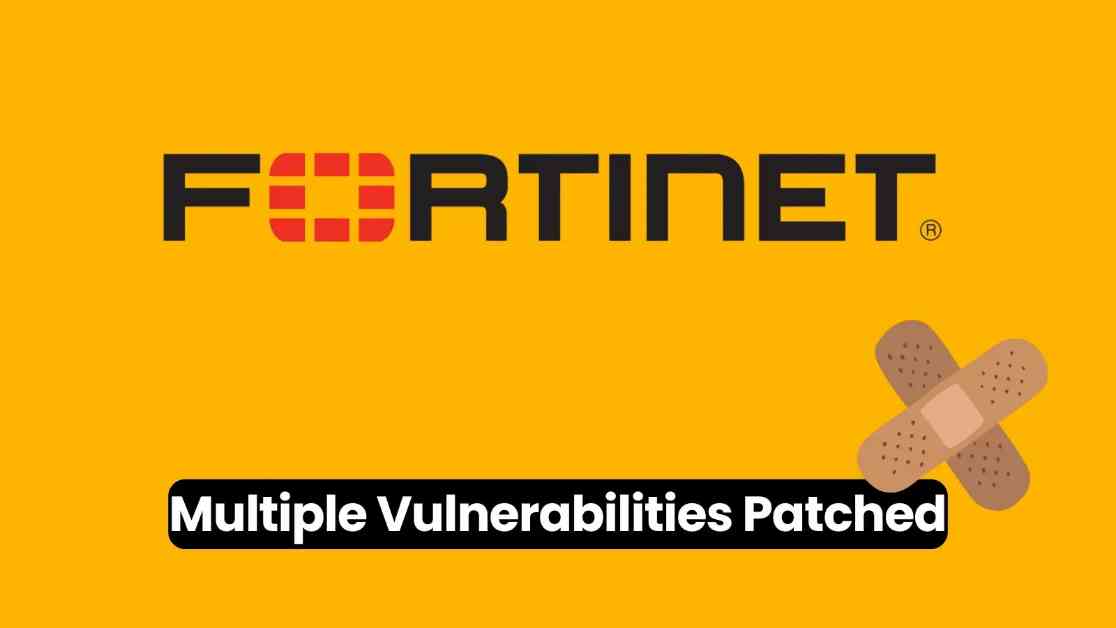Fortinet, a renowned cybersecurity solutions provider, recently announced the release of patches to address multiple vulnerabilities affecting its FortiOS, FortiProxy, FortiPAM, FortiSwitchManager, FortiManager, and FortiAnalyzer products. These vulnerabilities, if exploited, could potentially lead to unauthorized access and privilege escalation, posing a significant threat to the security of affected systems.
Vulnerability Details
CVE-2022-45862:
One of the vulnerabilities identified in the graphical user interface (GUI) of FortiOS, FortiProxy, FortiPAM, and FortiSwitchManager is an insufficient session expiration vulnerability (CWE-613). This flaw could allow attackers to reuse web sessions even after a user has logged out, provided they have acquired the necessary credentials. The severity of this vulnerability is rated at a CVSSv3 score of 3.5 due to improper access control.
Affected Products and Solutions:
FortiOS: Versions 7.2.0 through 7.2.5 require an upgrade to 7.2.6 or above. All versions of 7.0 and 6.4 are affected and need migration to a fixed release.
FortiPAM: All versions from 1.0 to 1.3 are affected and require migration to a fixed release.
FortiProxy: All versions of 7.2 and 7.0 are affected and need migration to a fixed release.
FortiSwitchManager: Versions 7.2.0 through 7.2.1 are affected and should be upgraded to 7.2.2 or above.
CVE-2024-21757:
Another vulnerability identified is an unverified password change vulnerability (CWE-620) found in FortiManager and FortiAnalyzer. This vulnerability could allow a read-write user to modify admin passwords via device configuration backup, potentially leading to privilege escalation. The severity of this vulnerability is rated at a CVSSv3 score of 5.5.
Affected Versions and Solutions:
FortiAnalyzer: Versions 7.4.0 through 7.4.1 require an upgrade to 7.4.2 or above, and versions 7.2.0 through 7.2.4 should be upgraded to 7.2.5 or above.
FortiManager: Versions 7.4.0 through 7.4.1 require an upgrade to 7.4.2 or above, and versions 7.2.0 through 7.2.4 should be upgraded to 7.2.5 or above.
CVE-2024-36505:
The third vulnerability, an improper access control vulnerability (CWE-284) in FortiOS, allows an attacker with write access to bypass the file integrity checking system. This vulnerability has a CVSSv3 score of 4.7.
Affected Versions and Required Updates:
FortiOS: Versions 7.4.0 through 7.4.3 should be upgraded to 7.4.4 or above, versions 7.2.5 through 7.2.7 should be upgraded to 7.2.8 or above, and versions 7.0.12 through 7.0.14 should be upgraded to 7.0.15 or above.
Fortinet has not disclosed any incidents where these vulnerabilities have been exploited in attacks. However, the company urges all users and administrators to apply the necessary updates to mitigate these vulnerabilities. These patches are essential for maintaining system security and preventing potential exploitation by cyber threat actors.
As cyber threats continue to evolve and become more sophisticated, it is crucial for organizations to stay vigilant and proactive in securing their systems and networks. Regularly updating software and implementing security best practices are essential steps in safeguarding against potential vulnerabilities and attacks.
Best Practices for Cybersecurity:
Implementing a robust cybersecurity strategy is essential for protecting against potential threats. Here are some best practices that organizations can follow to enhance their security posture:
1. Regularly update software: Ensure that all software, including operating systems and applications, is kept up to date with the latest security patches and updates. This helps to address known vulnerabilities and minimize the risk of exploitation by cybercriminals.
2. Use strong passwords: Enforce the use of complex passwords and consider implementing multi-factor authentication for an added layer of security. Educate users on the importance of creating strong, unique passwords and discourage password reuse across multiple accounts.
3. Conduct regular security audits: Perform routine security audits to identify and address any vulnerabilities in your systems and networks. This helps to proactively detect and remediate potential security issues before they can be exploited by attackers.
4. Train employees on cybersecurity best practices: Provide comprehensive training to employees on cybersecurity awareness, including how to recognize phishing emails, secure data, and report suspicious activity. Employees play a crucial role in maintaining a secure environment and should be equipped with the knowledge and tools to protect against potential threats.
Conclusion:
In conclusion, the recent patches released by Fortinet to address vulnerabilities in its products highlight the importance of proactive cybersecurity measures. Organizations must prioritize security updates and best practices to safeguard their systems against potential threats. By staying informed about the latest security vulnerabilities and taking proactive steps to mitigate risks, organizations can enhance their security posture and protect against cyber threats.













